Optimal Timing for Land Clearing
Land clearing is a crucial step in preparing a site for construction, agriculture, or development projects. The timing of land clearing can significantly impact project costs, environmental conditions, and site usability. Understanding seasonal patterns and environmental factors helps determine the most advantageous time for land clearing activities.
Spring offers moderate weather and longer daylight hours, making it suitable for land clearing. However, soil moisture levels can vary, affecting machinery operation.
Summer provides warm weather and dry soil conditions, ideal for land clearing. High temperatures may require scheduling during cooler parts of the day.
Fall often features cooler temperatures and less rainfall, which can be advantageous. Leaf and debris cleanup may be necessary before clearing.
Winter can be challenging due to frozen ground and snow cover, which may hinder equipment access. However, frozen soil can facilitate certain clearing activities.
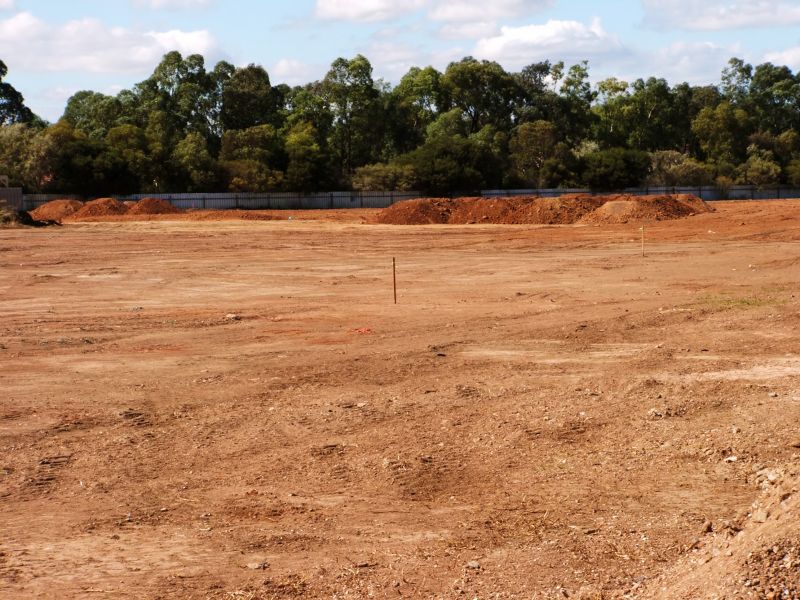
Ways to make Land Clearings work in tight or awkward layouts.
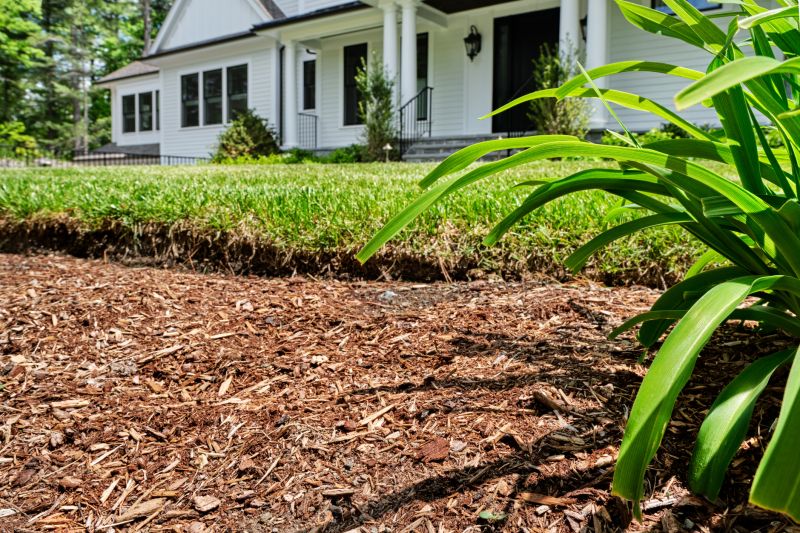
Popular materials for Land Clearings and why they hold up over time.

Simple add-ons that improve Land Clearings without blowing the budget.
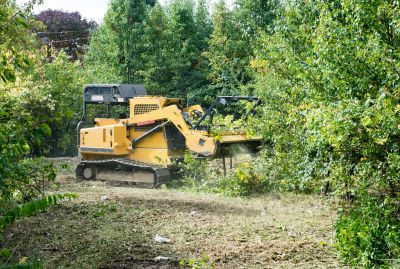
High-end options that actually feel worth it for Land Clearings.
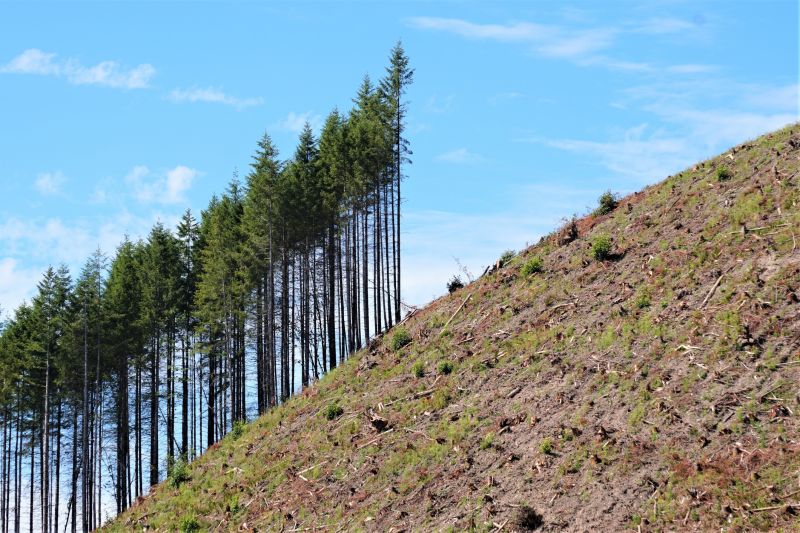
Finishes and colors that play nicely with Land Clearings.
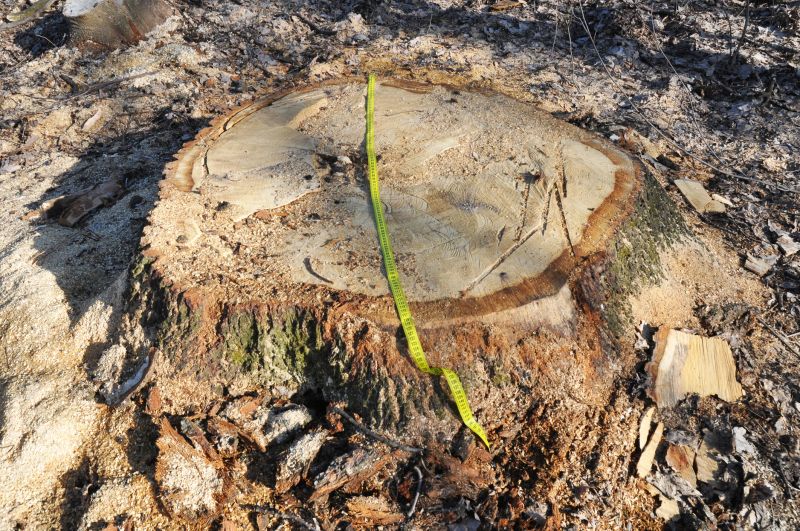
Little measurements that prevent headaches on Land Clearings day.
Optimal land clearing depends on local climate conditions, soil type, and project scope. Spring and fall are generally considered ideal periods due to milder weather and manageable soil conditions. Summer can be suitable in dry regions, while winter may be viable in areas with frozen ground, reducing soil disruption.
| Season | Advantages |
|---|---|
| Spring | Moderate weather, longer days, suitable for various activities |
| Summer | Dry soil, warm temperatures, efficient for large projects |
| Fall | Cooler temperatures, less rainfall, good for debris cleanup |
| Winter | Frozen ground facilitates certain clearing tasks, less vegetation growth |
| Additional Considerations | Local climate and soil conditions influence timing decisions |
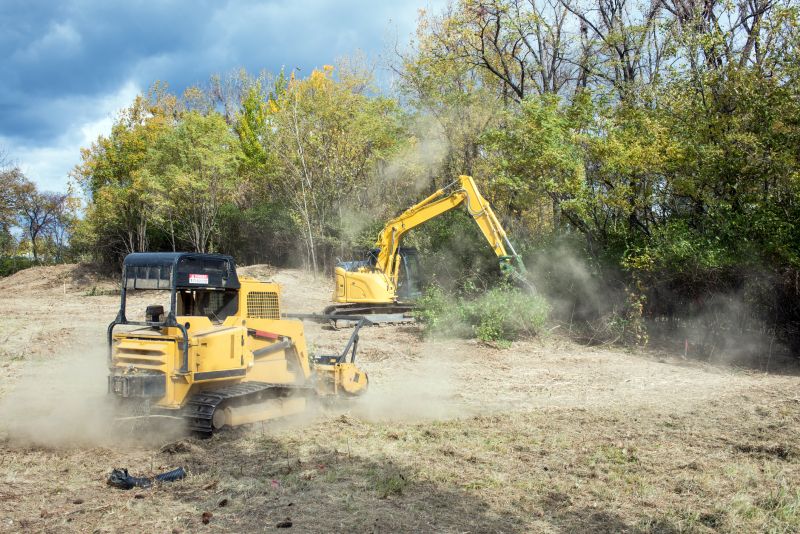
A 60-second routine that keeps Land Clearings looking new.
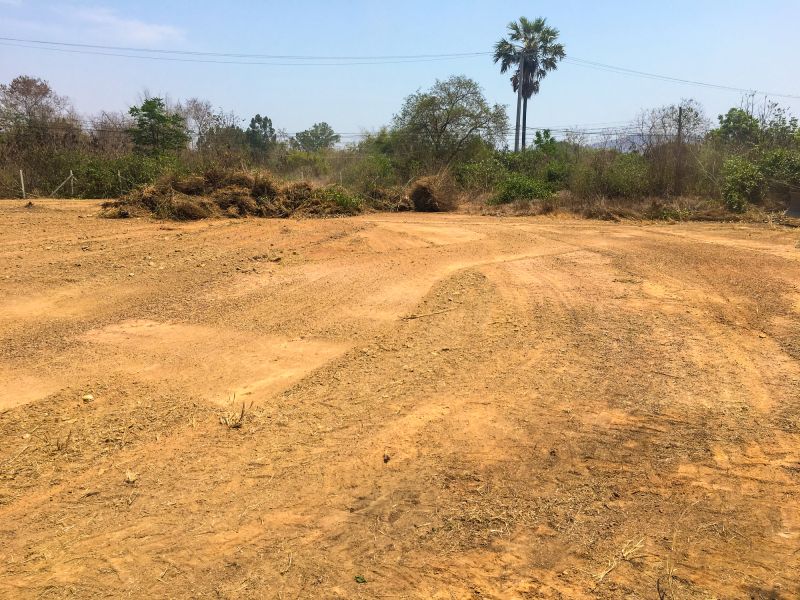
A frequent mistake in Land Clearings and how to dodge it.
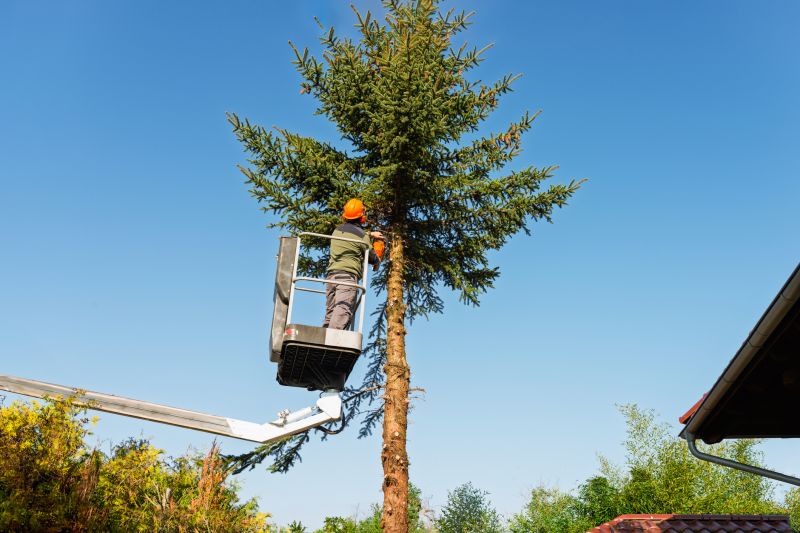
Small tweaks to make Land Clearings safer and easier to use.
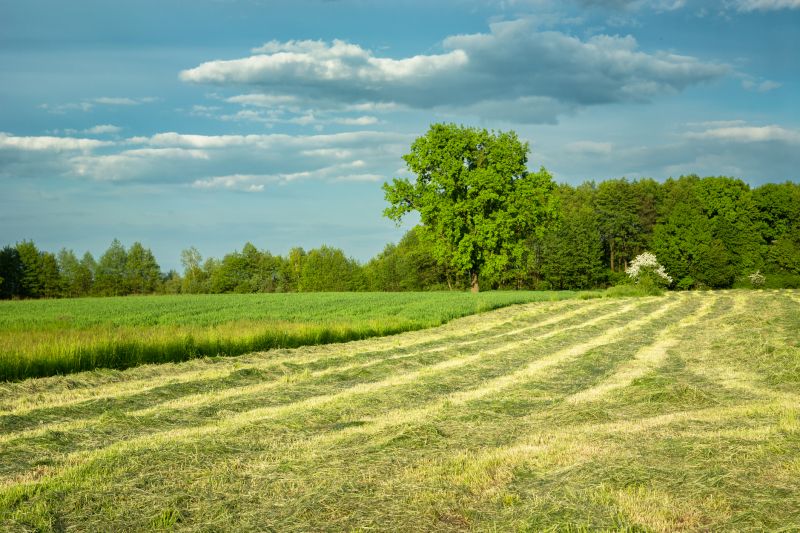
Lower-waste or water-saving choices for Land Clearings.
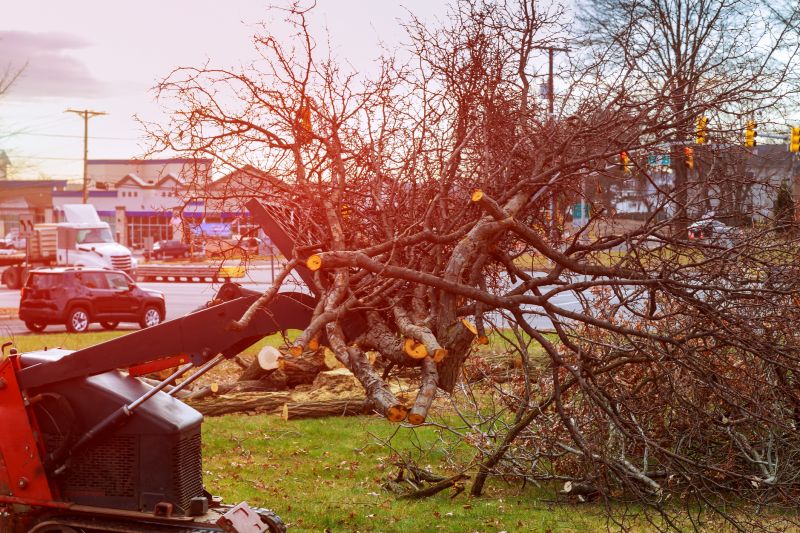
The short, realistic tool list for quality Land Clearings.
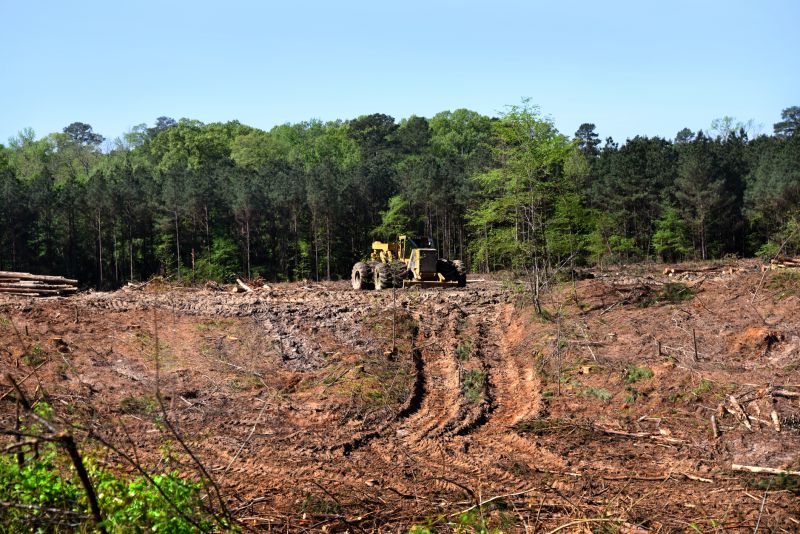
Rough timing from prep to clean-up for Land Clearings.
Deciding the best time for land clearing involves evaluating seasonal weather patterns, soil moisture levels, and project deadlines. Proper planning ensures efficient use of resources and minimizes delays caused by adverse weather conditions. Consulting with local land management experts can provide tailored advice based on specific site conditions.
Interested in scheduling land clearings or learning more about optimal timing? Filling out the contact form can connect with experienced professionals to assist with planning and execution.
